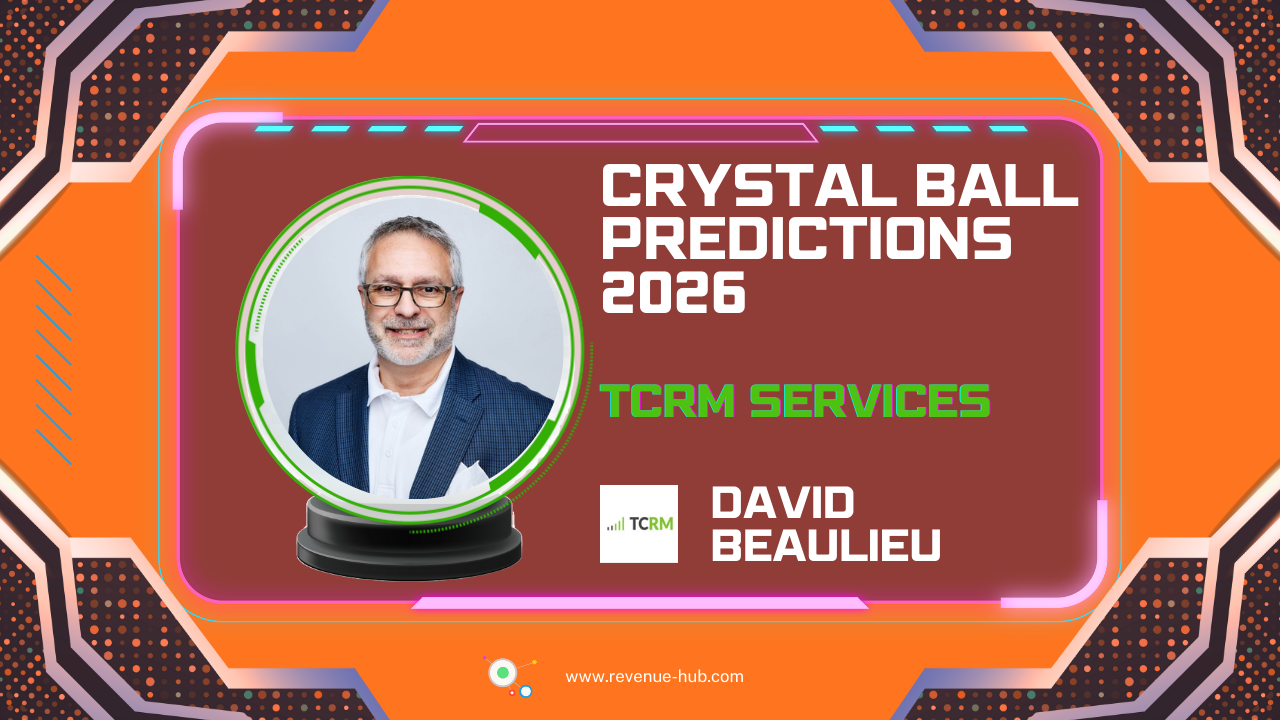In the current climate of fierce competition, innovative strategies are essential to drive demand and maximize revenue. One such strategy involves the adoption of a holistic hotel marketing approach designed to enhance brand awareness as well as boost occupancy, rates, and revenue.
NB: This is an article from Strategic Solution Partners, one of our Expert Partners
Subscribe to our weekly newsletter and stay up to date
A holistic marketing approach involves a 360-degree view of all hotel marketing operations to identify improvement areas and growth opportunities. The clue is in the name – the holistic approach probes into the efficiency and interdependency of all marketing elements, allowing for a more consistent, well-balanced marketing strategy.
A task of these proportions is, of course, best divided into multiple steps. According to best practice industry research, there are three crucial phases in adopting a holistic marketing approach. Let’s break them down and discuss how to best implement each one.
Research and discovery: LAYING THE FOUNDATION
The research and discovery phase is the bedrock of any successful marketing strategy, since it increases your understanding of your hotel’s current visibility status and reach. Different stakeholders often deem this phase unnecessary, but its importance can’t be overstated. Without first conducting thorough research, you risk expending energy suggesting improvements already in the works, rather than channeling your efforts into growth.
There are several ways to conduct this research:
- Reviewing and auditing marketing agreements and analyzing the performance of distribution channels, such as GDS or Booking.com, provides valuable insights into your hotel’s current market positioning and potential areas for improvement.
- Understanding website traffic through tools like Google Analytics offers crucial demographic and behavioral data that can be channeled into more targeted marketing campaigns.
- Assessing the effectiveness of existing marketing channels, CRM systems, and databases also allows you to identify areas of strength and weakness.
- Familiarizing yourself with your hotel’s performance metrics and budget allocations provides essential context for strategic decision-making.
- Gaining a good understanding of the budget you’re able to allocate, based on your expectations, current state of revenues, revenue forecast, and any particular circumstances affecting your segment of the market.
The length of this process will depend on the size of your hotel. Regardless of how much time is required for your research and discovery, look at the time spent on this phase as an investment, as it sets the stage for informed and effective marketing strategies tailored to your hotel’s unique needs.
Sales & Distribution: CASTING A WIDER NET
A successful hotel marketing strategy needs to leverage multiple sales and distribution channels to maximize brand awareness efforts.
Once you understand your hotel’s current brand image – which should be “cohesive, clear, and compelling” according to Jamie O’Grady, a founding partner of J/PR – it’s essential to make sure all existing platforms are fully optimized. This includes captivating visuals, compelling property descriptions, and accurate location information. Invest in professional photography and videography that enhances your hotel’s visual appeal to attract potential guests browsing various platforms.
In addition to optimizing existing marketing channels, explore opportunities to expand your reach further. Platforms such as Consortia, Tablet Hotels, and Mr. & Mrs. Smith can help you tap into new markets and demographics. Memberships with local chambers of commerce, conventions, and CVBs can facilitate networking opportunities with local businesses, carving new revenue streams through corporate bookings and event collaborations.





